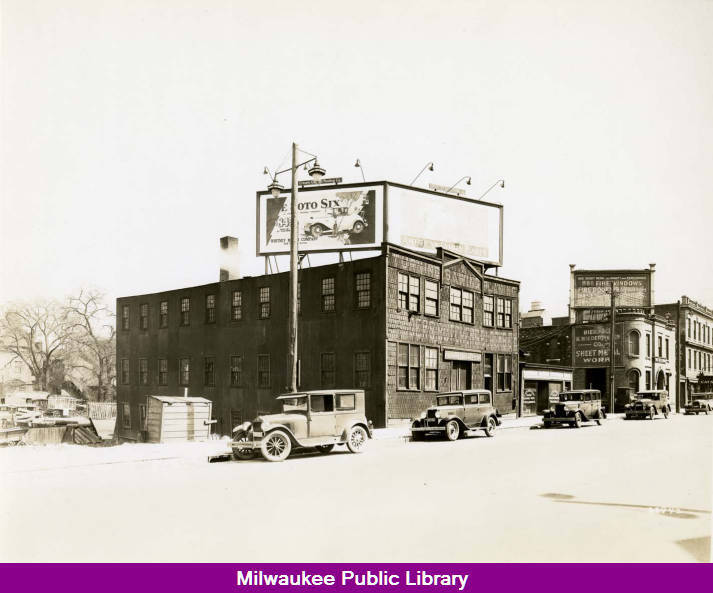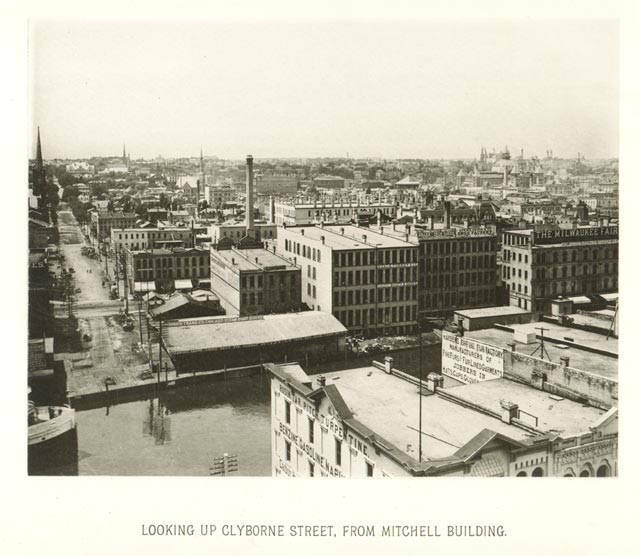
African American gains in unions were overshadowed by deindustrialization.
Isaiah Pyant was born on January 15th of 1915 in Maysville, Georgia. In his youth, his parents John and Carrie Pyant, both natives of Georgia, moved the family to Milwaukee. By 1930 the family took residence at 421 W Vilet Street. Isaiah Pyant attended Lincoln High School, located on the corner of Cass and Knapp Street, as an advanced freshman. Well known individuals such as NBA player Fred Brown, politicians Elizabeth M. Coggs and Lee Holloway, media executive Oprah Winfrey, and award-winning jazz singer Al Jarreau would all later attend Lincoln Highschool in Milwaukee.
In 1937 Pyant married Mayme Moses, who also attended Lincoln Highschool. In 1940 the Pyant family lived on 328 W Vine Street. Later in that year, while working for Allis-Chalmers Manufacturing Company, Pyant moved to 1741 N 5th Street. During World War II, Allis-Chalmers saw an increase in industrial production to support war efforts. With industrial employment, Pyant was a member of the Congress of Industrial Organizations. The CIO was a federation of unions that organized workers in industrial unions in the United States from 1935 to 1955. While African Americans generally struggled with unions, the CIO did have an African American presence, with members such as Pyant representing the push for admittance into organized associations of workers in Milwaukee. Isaiah Pyant died on January 23rd of 1993 in Milwaukee, 8 days after his 78th birthday, leaving a legacy of hard work and commitment to improvement for everyone in the Bronzeville community.
Pyant would have also witnessed the slow rise and drastic fall of African Americans from industrial employment in Milwaukee due to deindustrialization, a shift away from industrial production, or manufacturing in an economy. In 1967, Milwaukee had 118,600 manufacturing jobs. By 1977, that amount dropped to 91,400. In the following two decades manufacturing jobs were 63,900 and 46,467 respectively. In contrast to this decline, exurban manufacturing jobs increased. Exurban areas are regions beyond the suburbs of a city. In the case of Milwaukee, its exurbs would be places like Ozaukee, Washington, and Waukesha. The number of manufacturing jobs located in Milwaukee’s exurban areas tripled since the 1960s. From 1967 to 1977, exurban manufacturing jobs increased from 35,400 to 50,500. In 1987 exurban manufacturing increased to 57,000 positions, while reaching a peak in 1997 at 78,210 jobs.
By 2002 Milwaukee lost 84,327 manufacturing jobs, while exurban areas gained 46,528 jobs. The widespread disinvestment in industrial capacity had a major impact on the workers in Milwaukee, particularly African Americans. To see the impact deindustrialization had on African Americans, follow the link to watch Punching In, a documentary created by Particia Diggs, director of the Milwaukee Bronzeville Histories project and Milwaukee PBS, with a grant from the Anne E. Casey Foundation.
Images


Special Collections, University of Wisconsin-Milwaukee Libraries
Milwaukee Neighborhoods: Photos and Maps 1885 - 1992 Creator: University of Wisconsin-Milwaukee Date: [ca 1885]